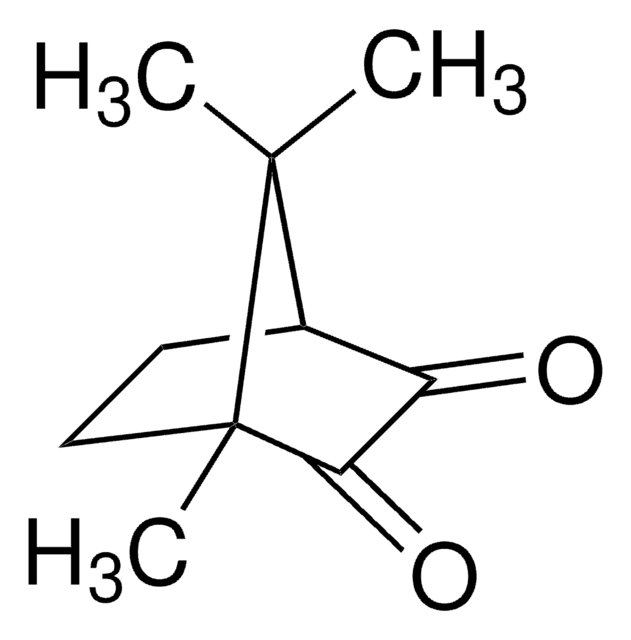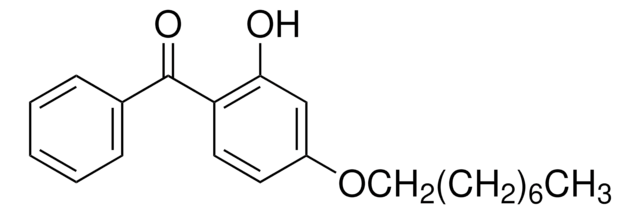759406
Triethylenglycoldimethacrylat
99%, cross-linking reagent polymerization reactions, 200 ppm monomethyl ether hydroquinone as inhibitor
About This Item
Empfohlene Produkte
product name
Triethylenglycoldimethacrylat, contains 200 ppm monomethyl ether hydroquinone as inhibitor, 99%
Qualitätsniveau
Assay
99%
Form
liquid
Enthält
200 ppm monomethyl ether hydroquinone as inhibitor
Eignung der Reaktion
reagent type: cross-linking reagent
reaction type: Polymerization Reactions
Brechungsindex
n20/D 1.461 (lit.)
n/D 1.4613
bp
170-172 °C/5 mmHg (lit.)
Dichte
1.092 g/mL at 25 °C (lit.)
1.074 g/mL
Polymerarchitektur
shape: linear
functionality: homobifunctional
Lagertemp.
2-8°C
SMILES String
CC(=C)C(=O)OCCOCCOCCOC(=O)C(C)=C
InChI
1S/C14H22O6/c1-11(2)13(15)19-9-7-17-5-6-18-8-10-20-14(16)12(3)4/h1,3,5-10H2,2,4H3
InChIKey
HWSSEYVMGDIFMH-UHFFFAOYSA-N
Suchen Sie nach ähnlichen Produkten? Aufrufen Leitfaden zum Produktvergleich
Allgemeine Beschreibung
Anwendung
- Used as a diluent comonomer in dimethacrylate based dental composites.
- Used as a branching agent in the atom transfer radical polymerization (ATRP) of styrene.
Leistungsmerkmale und Vorteile
Signalwort
Warning
H-Sätze
Gefahreneinstufungen
Skin Sens. 1
Lagerklassenschlüssel
10 - Combustible liquids
WGK
WGK 1
Flammpunkt (°F)
332.6 °F - closed cup
Flammpunkt (°C)
167 °C - closed cup
Hier finden Sie alle aktuellen Versionen:
Analysenzertifikate (COA)
Die passende Version wird nicht angezeigt?
Wenn Sie eine bestimmte Version benötigen, können Sie anhand der Lot- oder Chargennummer nach einem spezifischen Zertifikat suchen.
Besitzen Sie dieses Produkt bereits?
In der Dokumentenbibliothek finden Sie die Dokumentation zu den Produkten, die Sie kürzlich erworben haben.
Kunden haben sich ebenfalls angesehen
Unser Team von Wissenschaftlern verfügt über Erfahrung in allen Forschungsbereichen einschließlich Life Science, Materialwissenschaften, chemischer Synthese, Chromatographie, Analytik und vielen mehr..
Setzen Sie sich mit dem technischen Dienst in Verbindung.












